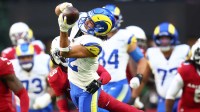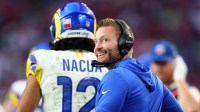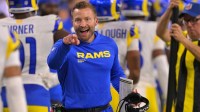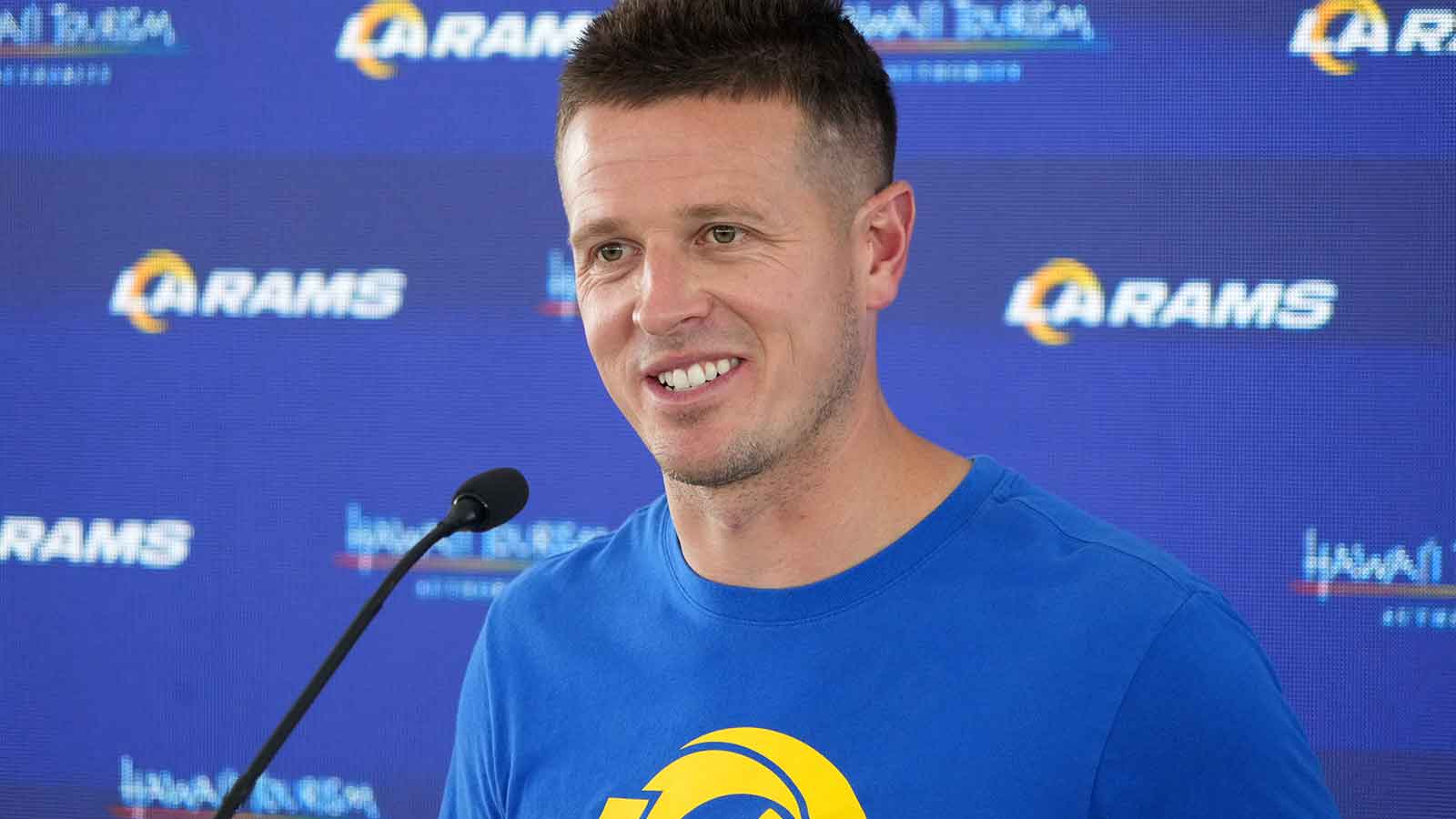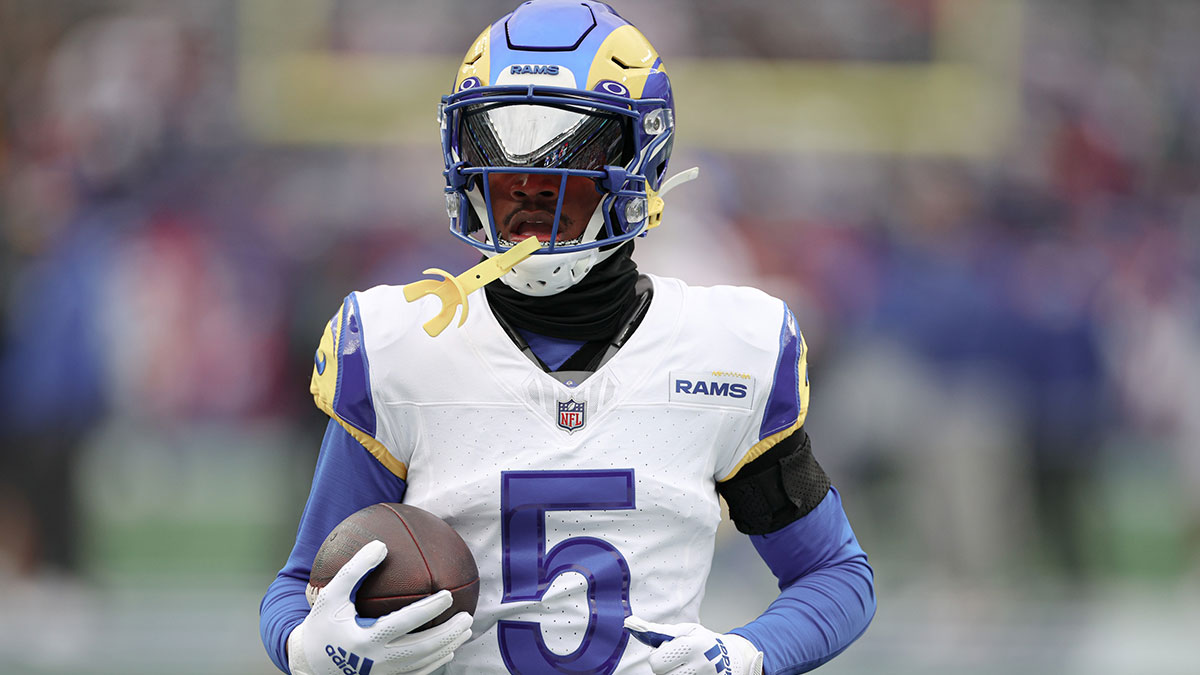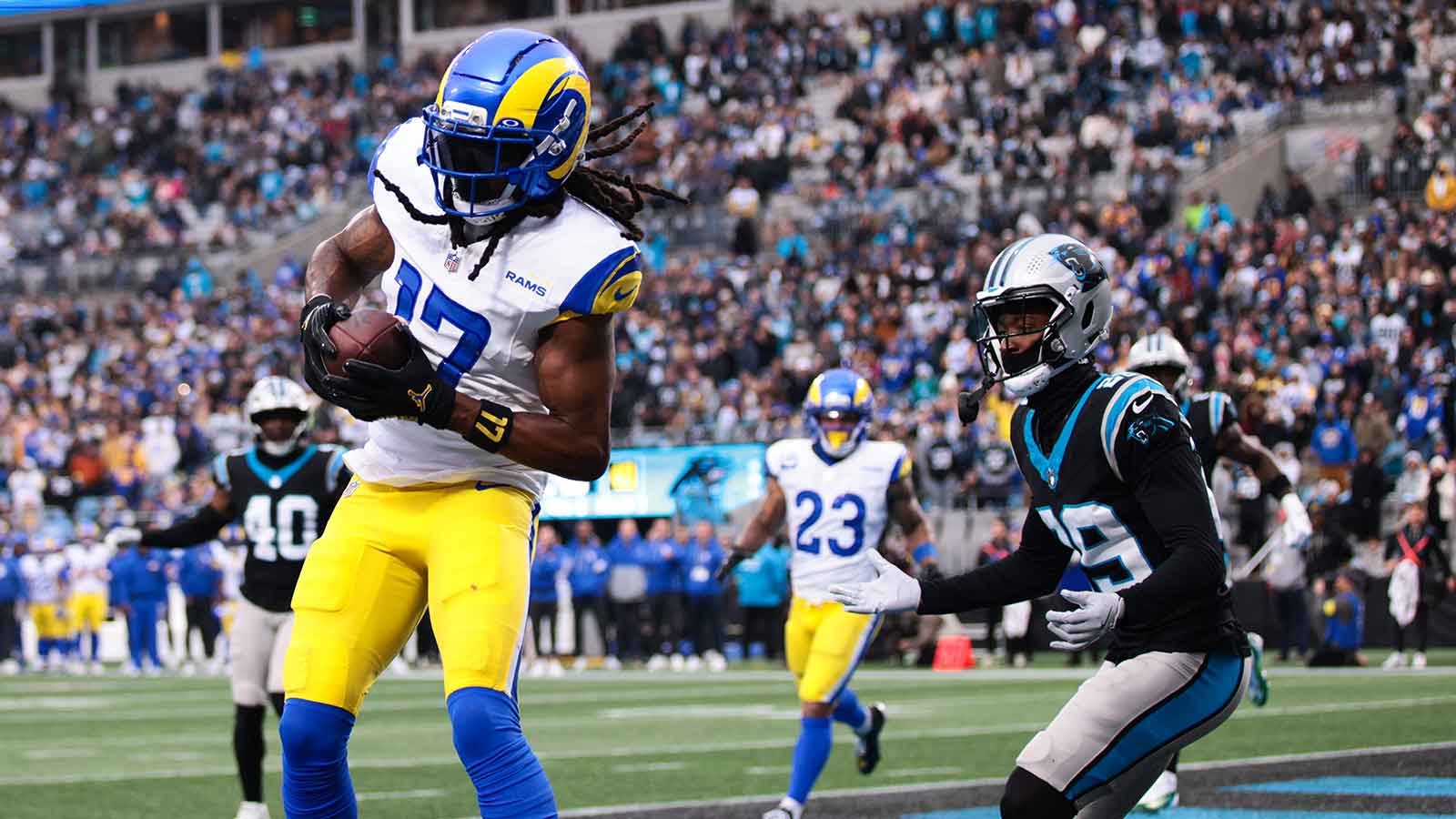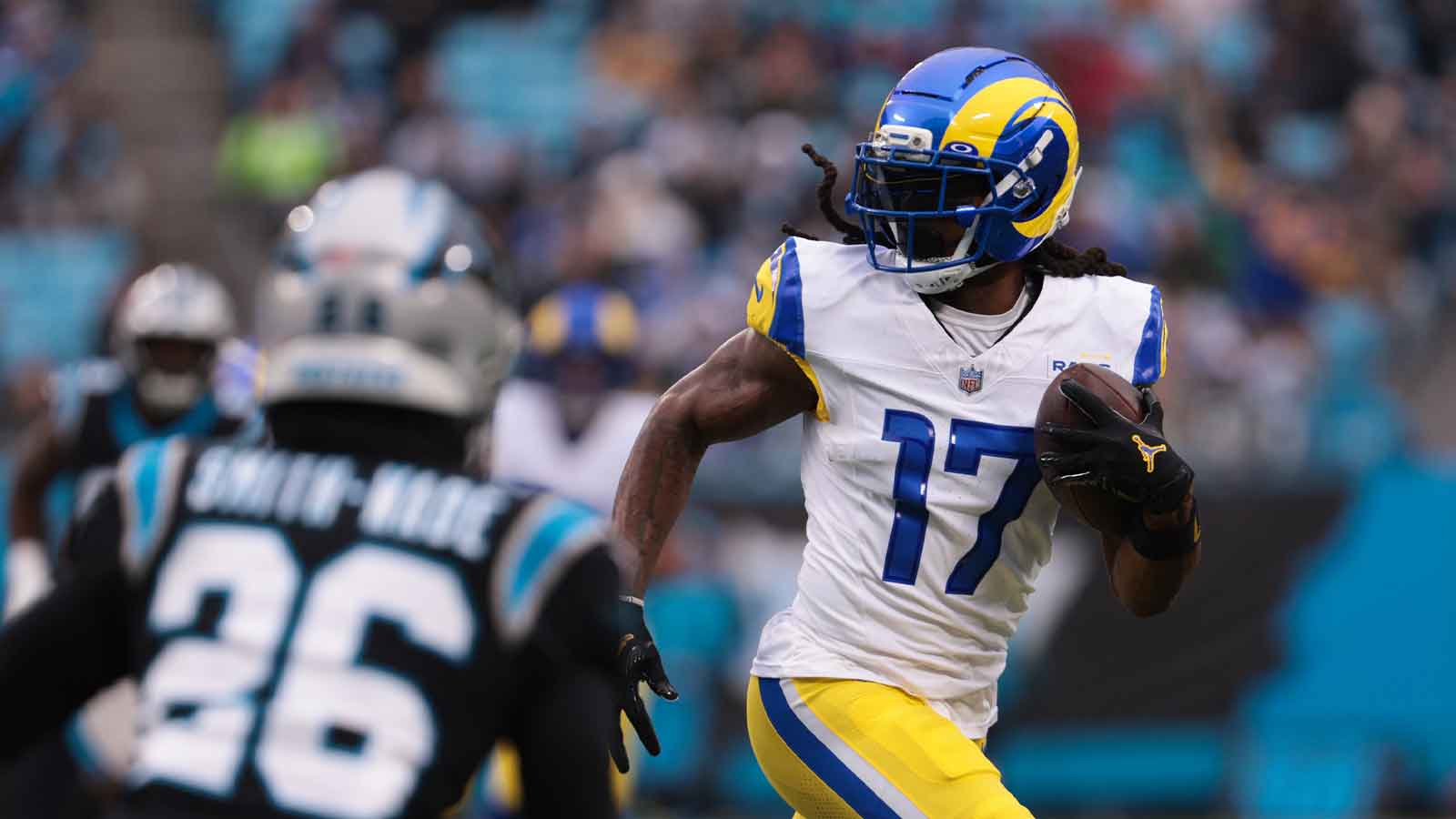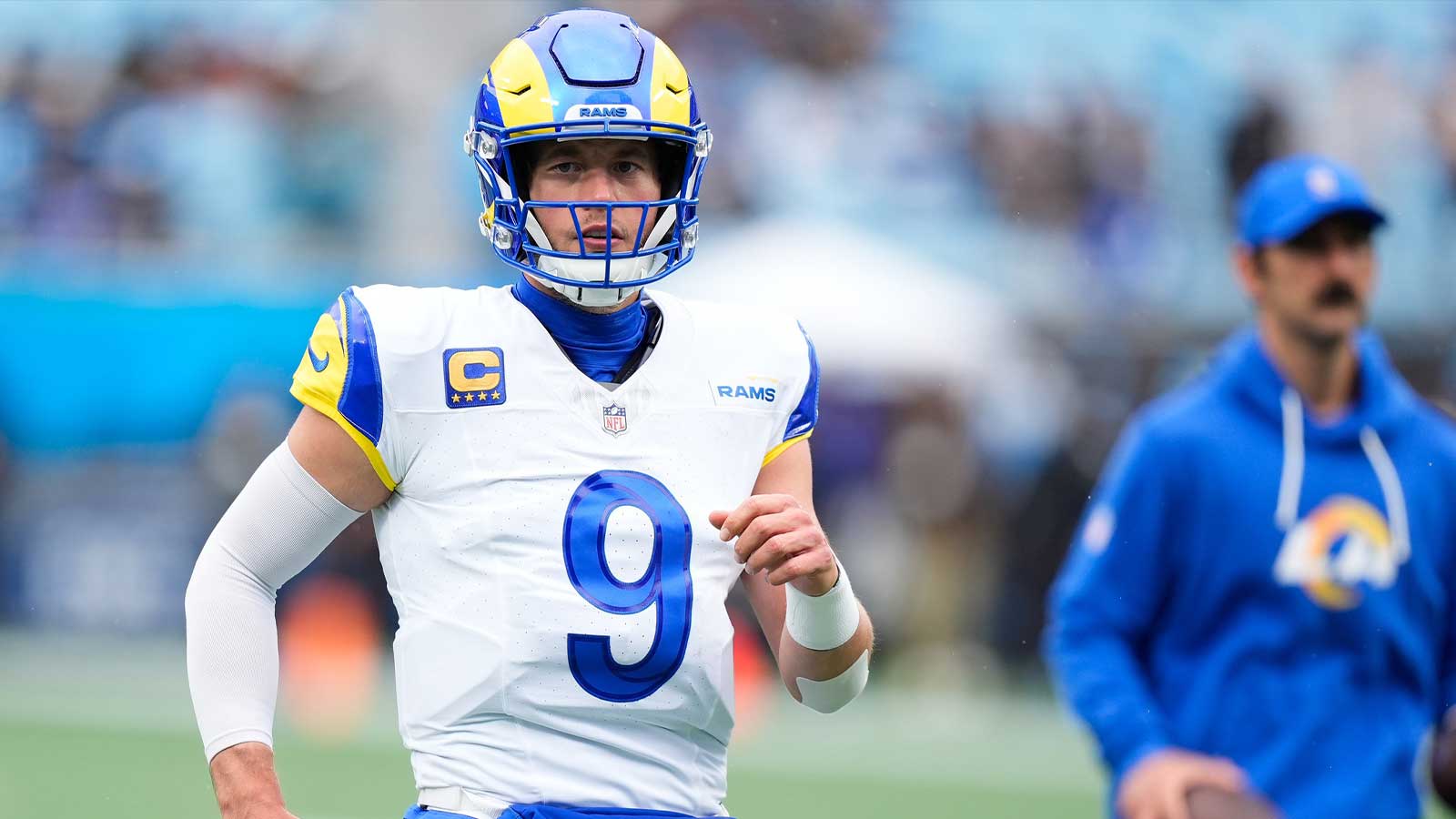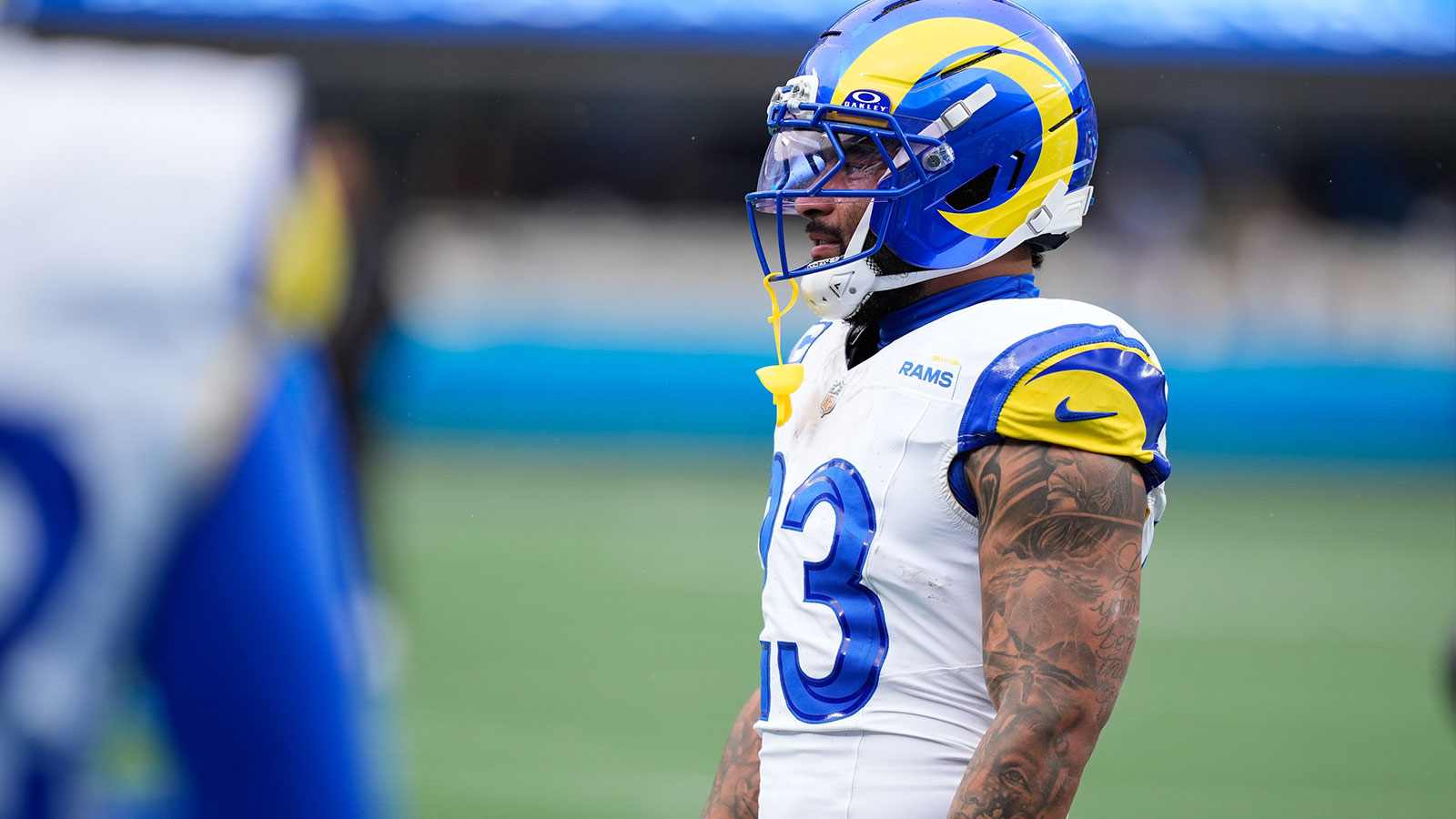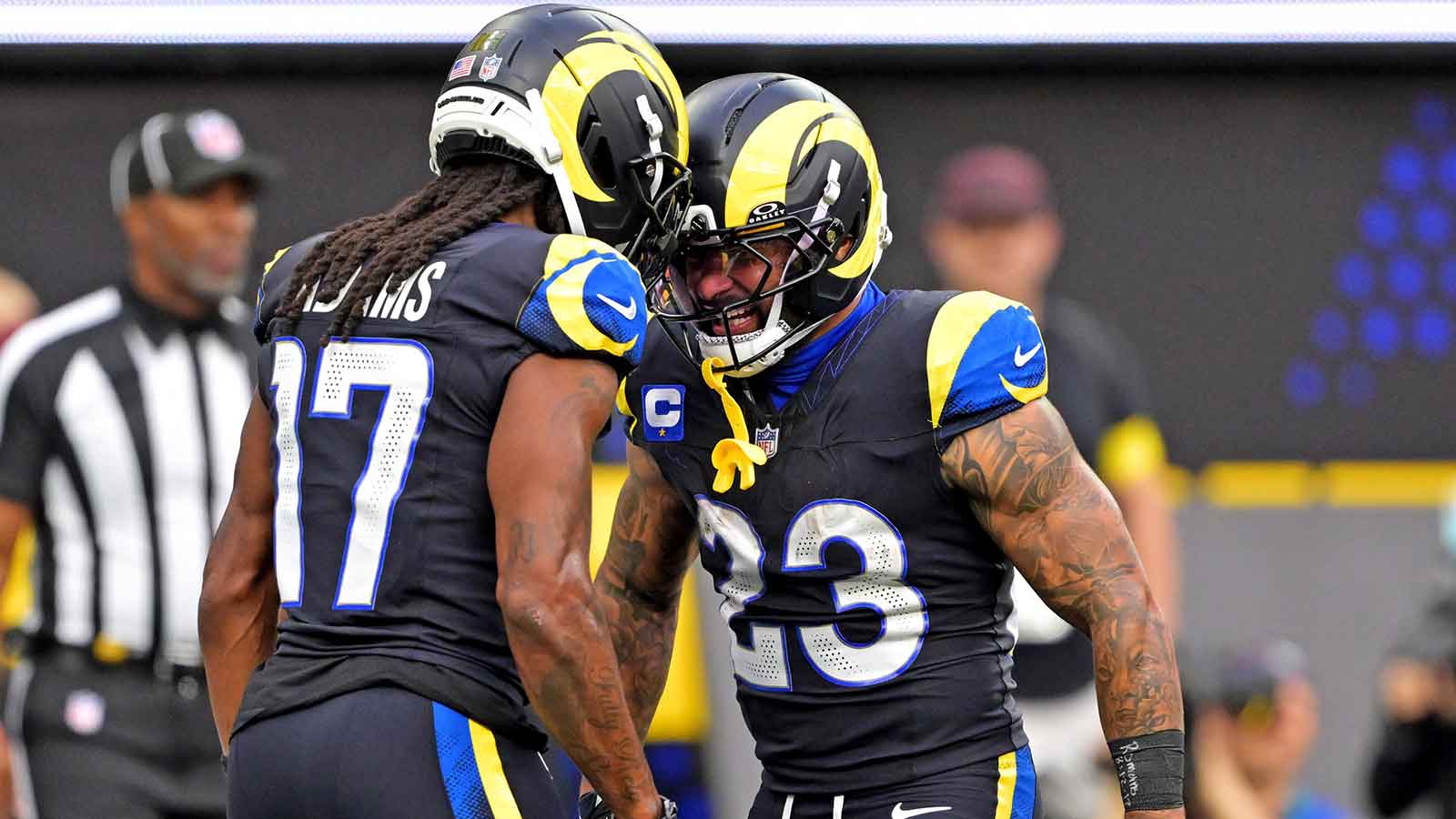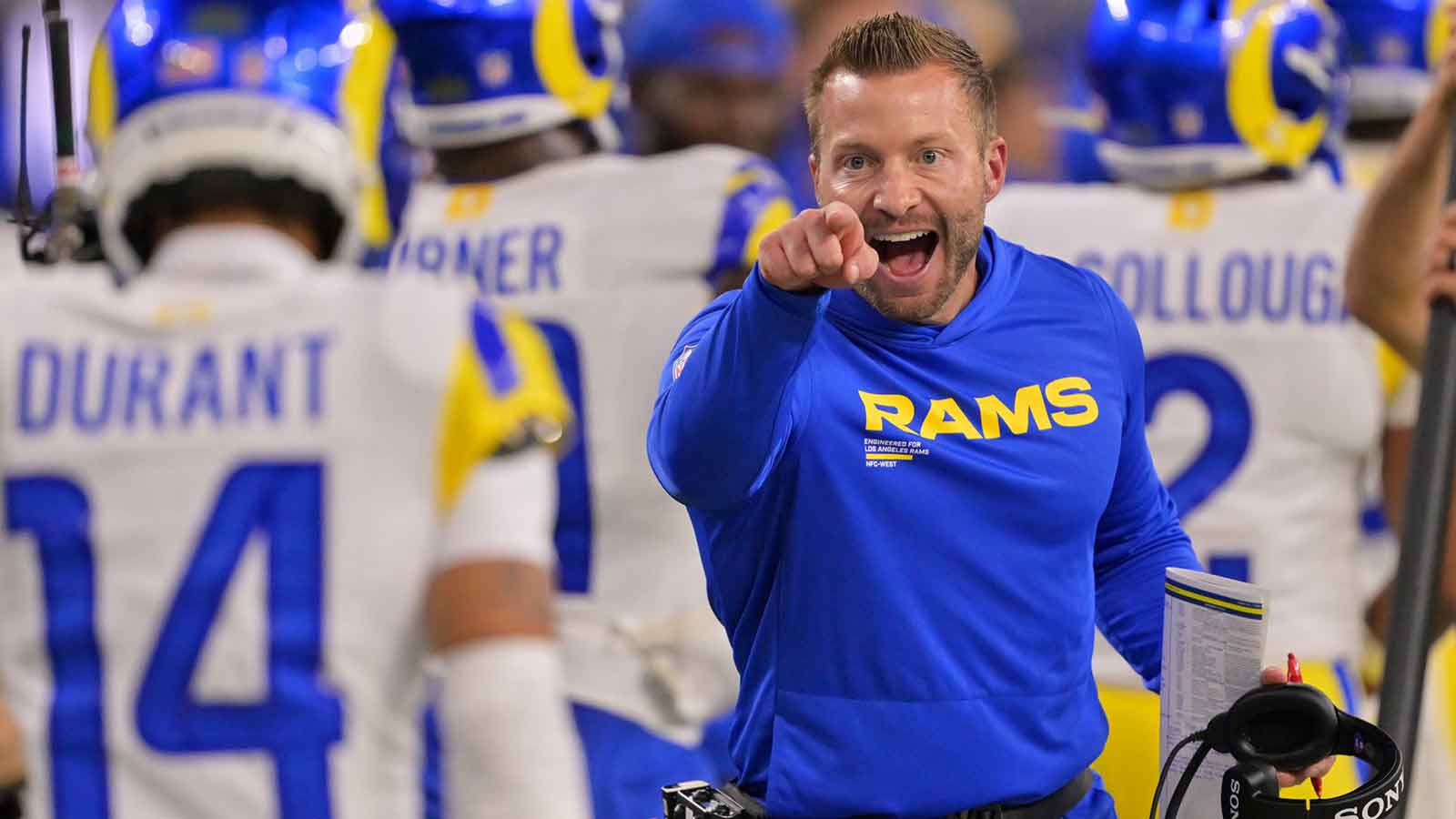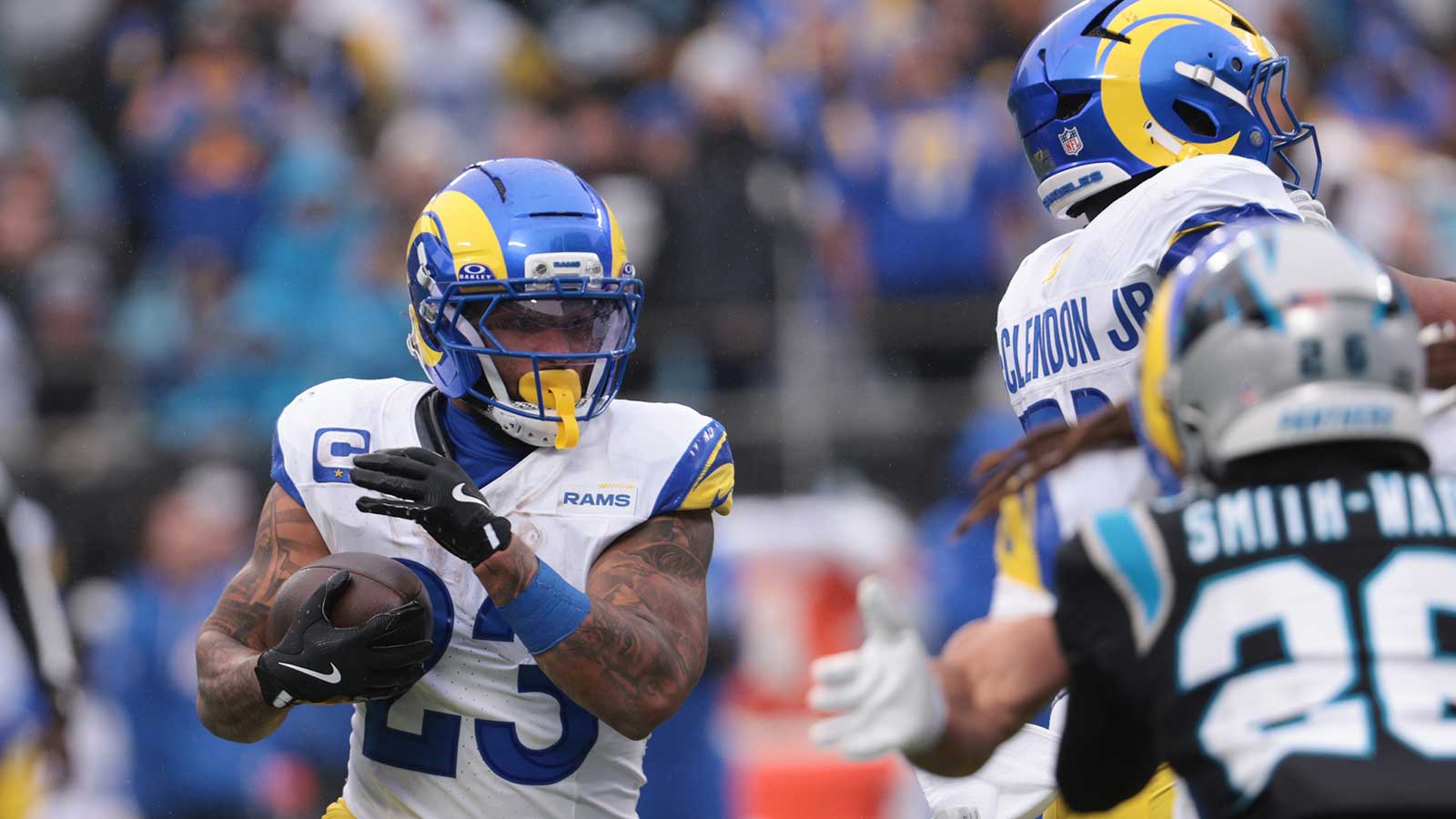The Los Angeles Rams enter 2025 with optimism and the expectations that come with an aggressive front office and an ambitious coaching staff. After a bounce-back year that saw them reclaim the NFC West, only to fall short in a tight Divisional Round, the Rams doubled down in the offseason, trading for star receiver Davante Adams and bringing veteran pieces back on both sides of the ball. Despite a roster loaded with talent and depth at key positions, one veteran leader stands out among the rest as carrying the heaviest load of expectation and scrutiny: quarterback Matthew Stafford.
The Weight on Stafford’s Shoulders

Stafford is entering his 17th NFL season, a rare feat for any quarterback. The Rams expressly avoided a rebuild by restructuring his contract and reloading around their franchise signal caller. At 37, Stafford remains one of the league’s most physically gifted and intelligent quarterbacks, but the clock is ticking on both his career and the current era of Rams football. While analysts highlighted a cast of younger breakout candidates and praised the defense’s ascension, there’s no denying that the lion’s share of pressure falls on Stafford to keep the Rams contending at the highest level.
Last year, Stafford’s performance showcased why he remains both indispensable and under the microscope. While he guided the Rams to a 10-7 finish and a division title, his metrics revealed both brilliance and vulnerability. Stafford’s passing grade from a clean pocket was one of the league’s best, but under pressure, his production and decision-making tailed off dramatically. The Rams’ offensive line, plagued by injuries and inconsistency, offered little protection at crucial junctures. With Cooper Kupp injured for stretches and the receiving corps in flux, Stafford was often asked to carry the offense single-handedly.
Despite adversity, the Rams routed the Vikings in the Wild Card before narrowly losing to the Eagles. That defeat underscored just how fine the line is between contention and collapse. Stafford finished with 28 touchdowns, 15 interceptions, and a shade over 4,200 passing yards. However, those numbers tell only part of the story. The Rams struggled in pass protection and short-yardage conversions, putting more strain on their quarterback to manufacture offense under duress.
More Talent, More Expectations
This offseason, Los Angeles swung big. The headline move was acquiring Davante Adams, giving Stafford two elite pass catchers in Adams and Nacua. Adams’ presence is intended to create space, punish double teams, and instantaneously raise the Rams’ scoring ceiling. The addition of veteran center Coleman Shelton and offensive tackle D.J. Humphries, who may be pressed into a starting role if Alaric Jackson’s health remains a question, was designed to patch up front vulnerabilities. Kyren Williams returns as the bell-cow back, and Tyler Higbee’s return from injury boosts options at tight end.
Matthew Stafford to Davante Adams coming soon. 🤭 pic.twitter.com/dbCMwQIW52
— Los Angeles Rams (@RamsNFL) May 22, 2025
On the defensive side, the Rams are loaded, with Jared Verse and Braden Fiske anchoring a pass rush that aims to be among the league’s elite. Despite these upgrades, every move points to one underlying goal to maximize Stafford’s effectiveness and keep him upright.
Yet, with every star acquisition and rising expectation, the microscope zooms in further on Stafford. If he achieves at an elite level, the Rams are legitimate Super Bowl threats. If he falters or is sidelined, their prospects and window may close quickly.
Legacy and Opportunity
What makes the pressure on Stafford so unique is the confluence of individual legacy and organizational urgency. Stafford brought the first Super Bowl to Los Angeles since the team’s return, cementing his impact on franchise history. His resilience and downfield attack are hallmarks of Sean McVay’s offense. But time is running out. The front office has structured this roster for now—there’s no eye toward rebuilding while Stafford’s arm still offers a chance at championships.
“Hall of Fame career, 100%, Jim” – Tony Romo on Matthew Stafford pic.twitter.com/wjaQD3w6eI
— NFL on CBS 🏈 (@NFLonCBS) October 6, 2024
Coach McVay and key veterans are reportedly considering life after football; neither is guaranteed to be with the team in 2026. This isn’t just the pressure to win—it’s the pressure to maximize a rare opportunity, to add one more magical season before careers and eras inevitably evolve.
Success in 2025 would confirm the boldness of the front office, the ingenuity of McVay, and further etch Stafford’s place as a modern Rams great. Anything short of that, and the questions about what’s next for both quarterback and club will come swiftly and loudly. As the new season approaches, no Los Angeles Rams player faces more scrutiny, responsibility, and opportunity than Matthew Stafford.





